Lists







6 Movies, 1 Book
these make me wanna live
Sort by:
Recent Desc
More lists by yvaine the star 🌟



a special kind of magic
List includes: Charlie and the Chocolate Factory, The Chronicles of Narnia: The Lion, the Witch and the Wardrobe, Ella Enchanted
November 2022
0
@starseternals

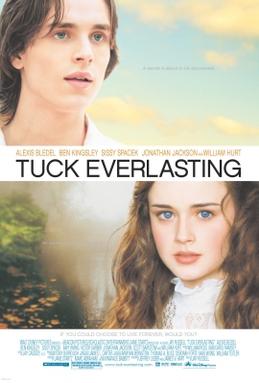

to watch
List includes: Because I Said So, Tuck Everlasting, Willow
October 2022
0
@starseternals


movies I really really like
cinematic masterpiece in my opinion
October 2022
0
@starseternals


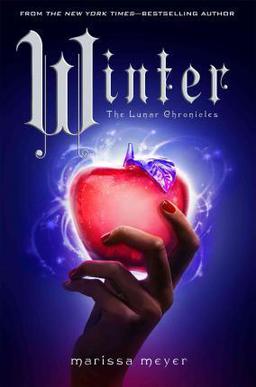
tbr
List includes: The Night Circus, Cloud Atlas, Winter
October 2022
0
@starseternals
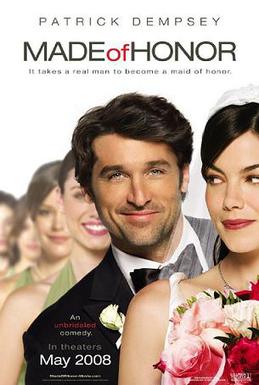


girls night in
List includes: Made of Honor, 27 Dresses, The Proposal
August 2022
0
@starseternals



50% good
I really liked these until the second half of the movie completely ruined it
August 2022
0
@starseternals

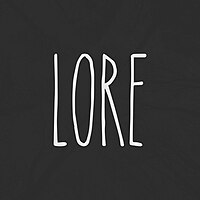

Podcasts to listen to
List includes: Stuff You Should Know, Lore, Welcome to Night Vale
August 2022
0
@starseternals
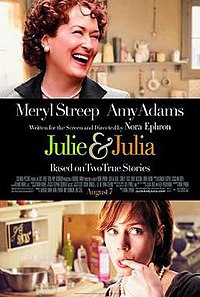

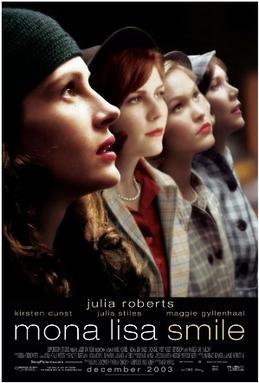
porweful stories for powerful women
strong female characters and sisterhood bonds, and a bit witchy too
August 2022
0
@starseternals



cute guys in movies
List includes: Confessions of a Shopaholic, He's Just Not That Into You, When in Rome
August 2022
0
@starseternals